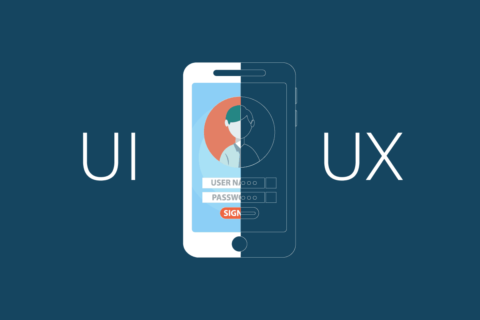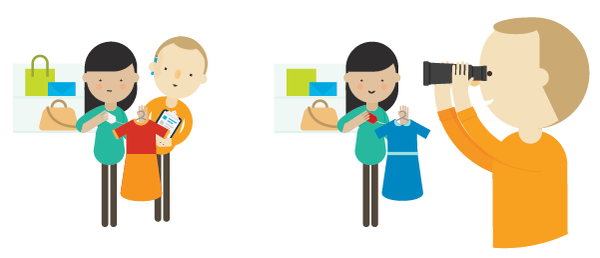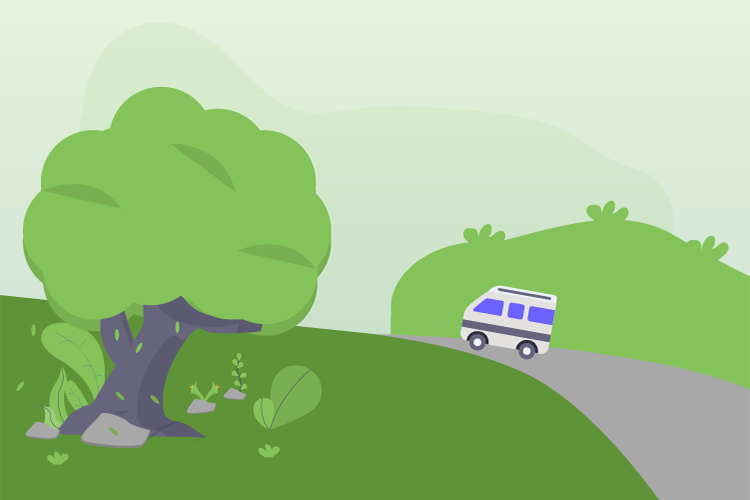If you are currently a UX designer or are looking at getting into it as a career, consider designing on the road. Not only is UX design highly compatible with a travelling lifestyle. But the lifestyle itself can actually augment your professional abilities, taking your career to the next level. Let’s take a look at why this is the case.
The UX designer title is becoming more common
First off, we need to look at what a UX designer is. By nailing that down, we can then examine how a travelling lifestyle will provide skills that will make you more effective and set you apart from other designers.
UX stands for User Experience. As a UX designer, it is your job to analyze a company’s target market. You must provide input as to how that company’s products should be designed so those customers have the best possible experience using the products. In modern terms, this typically relates to digital assets like apps and websites, but it does not necessarily have to be limited to those areas.
Major car companies, for example, go to great strides to make sure the vehicles they offer are designed with characteristics that are appealing to their target market. These things are not necessarily just the features and options of the vehicle but can get much more specific like having a solid, quality sound when the doors close, consistent operations of basic controls, a sporty exhaust note, or you feel like you are in brand X when you are in brand X. In many industries, the positions held by the people making these decisions may not be titled UX designer yet, but the term is becoming more and more common outside the tech world.
Creating customer profiles for a specific product or service
The process of UX designing is essentially to create profiles of the customers for a specific product or service. These profiles can be very detailed and need to cover all the customer types currently using the product. The UX designer then looks at each profile type and determines what adjustments to the product are necessary to make using the product better for that specific person.
A simple example may be that customer X is an impatient person. To make their experience better every page of the website should have summary content and a “buy now” button. Customer Y is a researcher who is interested in the details. For that customer, the UX designer would add an expandable “details” section to each product listing in addition to the product summary. Furthermore, the summary would be shown first, again meeting the needs of the impatient customer. The more patient researcher’s experience is not degraded by the extra step. So this design is the best compromise to meet the needs of both customers. These are simple examples, but you get the idea.
To be an effective UX designer you have to be able to formulate and examine a vast number of possible parameters as they relate to the customers and the product. This means you have to understand people including how they behave, what they expect and how they interact with things. The better you understand these principles, the better UX designer you will be.
UX vs UI vs UX/UI?

When researching UX jobs you will often see listings offered as UX/UI. While often bundled together, UX and UI are completely different. UI stands for user interface. A user interface designer is typically the person who takes the findings and suggestions of the UX designer and translates that into the physical structure in the product. It is not uncommon, particularly in the tech or web design world, for this to be a single position. Just be aware that UI often involves coding, graphic design or even mechanical work. So it is a whole different skill set. Both jobs are travel compatible, but UX designing can benefit more from the lifestyle as we will see.
How travelling can benefit your UX career
Now that we have established what a UX designer does, how can travelling benefit a UX designer’s career? As we have noted, this is basically a human/product analysis job. The best way to do that job is to get a better understanding of the customers you are targeting. Being able to travel helps in that quest in several ways.
Take your skills to them
Many UX design jobs will cater to local customer bases. The best way to get into those customers’ heads is by travelling to and living amongst those people. As you ramp your UX career to the next level you will quickly realize that regional differences can produce distinctly different behaviours among different demographic categories. For example, you would likely design differently for a middle-class target audience in southern California than you would for a small-town audience in New Hampshire. By being able to travel to a specific location and integrate into that area you will be better able to look at that local customer base and design for their needs.
UX jobs are often temporary, contract or freelance. Once the bulk of the work is done your services may only be needed for follow-up or ongoing maintenance. This ongoing part of the project can be done from anywhere. Provided you have done your homework and kept good notes on the project and your experiences in the area. This makes permanently moving for these jobs impractical. Being able to travel will allow you to best serve the customer’s needs without putting your own future at risk.
Doing research and expanding markets
Some UX positions can be for companies wishing to expand their presence by bringing their products and services into new areas. This is another case where being a travelling UX designer will have significant benefits. Meeting with a bunch of people for a focus group at your office, out of their comfort zone, might not be as beneficial as actually going to their location and interacting with them on a day-to-day basis. To best understand your customer and their needs, it is always best to go to them. To see how your product works with them at their location. You may learn more from a 10-minute on-site visit then you would from hours of phone calls or meetings back at your home office.
Travelling allows you to become a part of your work. No more observing from afar or operating on speculation. You can be hands-on with those whose input is critical to your designs. This cannot be done remotely from an office. Having the ability to do it effectively will bring your career to the next level.
Becoming your customer’s customer

Traveling also allows you to become part of the target market. By living in and becoming part of a community you can see first-hand how a product or service can be applied in a specific market. This will allow you to see potential issues or design concerns. You may not have discovered these from interviews, focus groups or profiles you created for a specific persona.
Asking people questions who fall in your target groups can only do so much. Their answers will be somewhat limited by the amount of information you provide about your product. You do have control to tailor the questions to get the information you think you need. So this can provide valuable information. But the ability to work in their environment allows you to make connections between that setting and your product. Connections you would have otherwise missed.
If you don’t know a specific situation exists then you may not know to ask or include it on your analysis. The end result to the product may be subtle. But the differences between good and great products are often those subtle details. Significant issues can also be found. Take care of those early in the design process. It will save you and your customers a lot of time and money.
Tying it all together
The travelling lifestyle will be constantly bringing you to new places. You’ll be experiencing new things and meeting new people. As a UX designer, this really ties in all the things mentioned above. As you get out and experience the world and interact with people you will develop a better understanding of people as they relate to location. You will find many things in common, and many differences as well. These are all important factors in understanding how people, generally or in specific regions, can be accommodated in your designs.
It will also give you a better understanding of when you do or don’t need to conduct additional research to fine tune your designs and make them the best they can be. This is a job whose foundation is understanding people. Anything you can do to expand on that understanding will help further your career.
Here we have looked at some ways designing on the road can take your UX career to the next level. UX design boils down to understanding people and using that understanding to make a product or service meet the needs of those people as best it can. Anything you can do to advance your understanding of the people using the product or service you are designing will make you a better designer and help bring your career to the next level.

